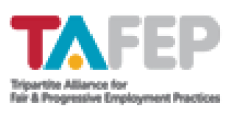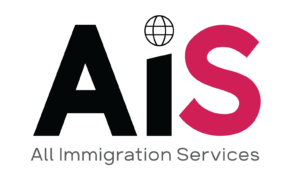Get HR technology right in the first place, or pay the price
Choosing the wrong HR Technology can cost your business significant time, money, and anguish, so it’s essential that you make the right decision from the beginning.
Few departments juggle as many duties or manage as much information as Human Resources. The right technology automates transactional tasks and frees up HR to focus on important areas requiring a high-touch approach, such as staff development and talent retention.
But with such a need for this type of software, it’s not uncommon for businesses inexperienced with the software selection process to make mistakes. According to a PwC study on HR change initiatives in business, 75 percent fail to fulfill their goals and objectives.
HR leaders need to be across whole-of-business tech requirements
Today’s HR leaders need to be across the technical side of HR Tech 2021 to ensure they are implementing the systems right for their business.
Recognising the importance of HR Technology to business growth, the Singaporean Government’s Ministry of Manpower has convened an HR Industry Transformation Advisory Panel (HRTAP), comprising tripartite partners, HR and business leaders, and representatives from the HR services sector. Part of the Panel’s mandate is to help HR business leaders navigate the complex world of technology.
Singaporean bank DBS and local fashion brand Love, Bonito are examples of how two very different businesses have successfully navigated HR Technology. Both assessed the best way to secure a tactical advantage by using technology to streamline HR processes and optimise business productivity.
Love, Bonito started using HR technology last year to outsource manual administrative functions. The company, which employs 150 full-time staff in the region, is planning to raise its headcount by about 50 percent this year. Head of HR, Brandon Lee said, “It’s part of a concerted effort across the company to be scalable at this stage of rapid growth.” With technology, they can keep the HR team lean.
Over the past decade, DBS has transformed its business by embracing technology. Central to this has been through HR encouraging the workforce to use technology to improve individual results and performance. DBS’ Chief Data and Transformation Officer Paul Cobban credit the success of the Bank’s change to the relationship between IT and HR: “We’ve been lucky that we’ve had such a great relationship with our HR team on a number of counts”.
What to look for in an HR tech platform
As every organisation has different expectations, needs and demands, choosing HR technology is not a one-size-fits-all approach. Keep these key points in mind when choosing a solution:
Solicit feedback from across the business when building your requirements list. Include representatives from areas such as IT, finance and legal, to gain their expertise. These departments will likely raise questions that you may not have thought to ask.
Make sure it has a user-friendly interface for all employees. This will be more than just HR – directors, managers and administrators should all feel comfortable using it. Ensure you have a communications plan to support change and include thorough testing of any new system with all stakeholders involved.
Integration Capabilities. How well an HR technology system integrates is vital to its success. Test this thoroughly with vendors at the shortlist stage. Ensuring smooth integration can save much pain down the track.
Cost and Return on Investment. Remember to look at the whole life cost of the solution, not just initial fees. Ongoing costs to sustain and develop the solution over time are very important.
Support and Compliance. Triple-check that the solution you’re considering meets all regulatory and security requirements and offers the tools HR needs to perform successfully. Having a vendor that provides technical support is another important consideration.
Pitfalls to avoid
Many businesses make the same common mistakes when shopping for an HR technology solution. Here are three pitfalls to avoid:
- Not outlining the scope
When you receive a quote for the software, support, and implementation, make sure everything you need is outlined clearly in the scope. The same goes for specific custom reports you may need generating or information that may be imported into the new product.
- Ignoring Growth
Not paying attention to future business needs and only focusing on present requirements can reduce the lifespan of an HR Technology solution. It is always best to choose a platform that is scalable and grows with your business.
- Failing to Assess Data Security
Assessing a vendor’s data security capabilities is vital. No matter what type of data you have it must be secure, and HR data is some of the most sensitive. Ensuring that a technology solution can properly protect data is crucial.
Summary
So, the message to HR leaders is clear: ensure that you work with IT to determine tech requirements across the broader business so that you are harnessing the very best technology and the top skills. Because no matter the industry, employees are a businesses’ greatest asset and the technology should be in place to enhance that.







